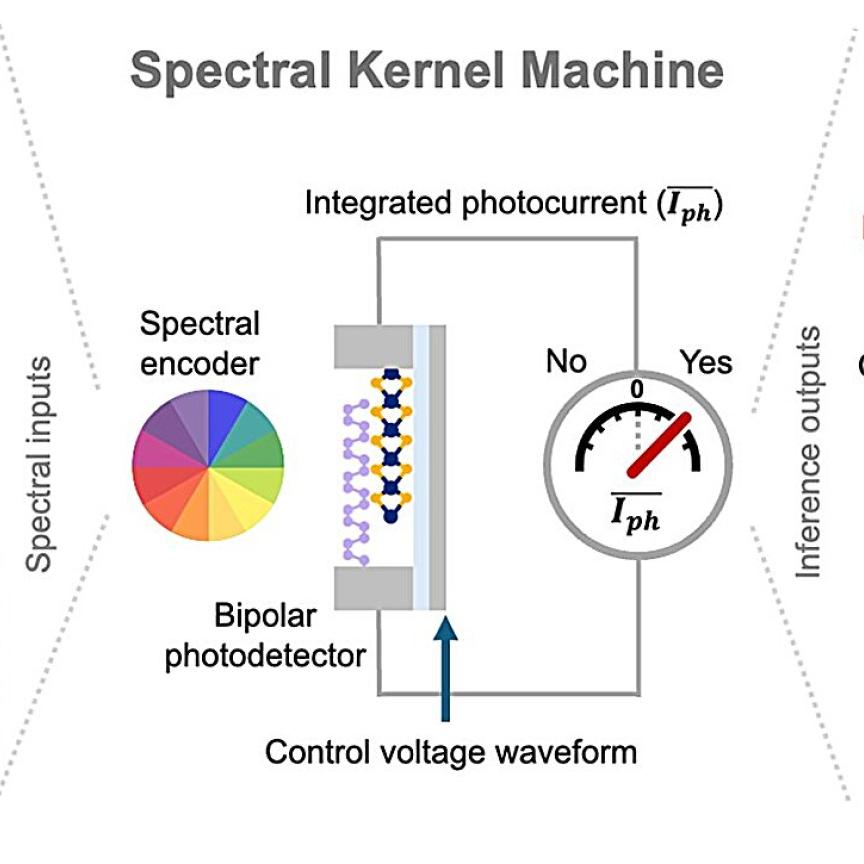The overall progress of vision technology in both industrial and scientific fields can be described in a simple way: when a new technology is developed, and has been integrated into a reasonable number of applications, the driver for further development turns to size, speed, price and power consumption. If these requirements have been met, the industry jumps to the next ready-to-conquer field of technology.
Following the saturation of progress within 2D area scan cameras, the next big thing for vision has been divided into various technology sectors such as 3D, infrared, thermal, smart cameras and a few smaller areas. These technologies are becoming commonplace and successful in many applications.
It is evident that both manufacturers and consumers are slowly shifting to multispectral or hyperspectral imaging, which combines many different techniques to offer a whole new set of applications. Although multispectral imaging itself is not new, advances in the technology has opened it up to various industries in recent years.
The concept of multispectral imaging is fairly simple. In the same way that 3D imaging provides an additional dimension to 2D imaging, multiple spectrums give more information about certain materials. This can be important in precision agriculture, for example, and a multispectral camera onboard a UAV can be flown over a field of crops to determine the levels of hydration or fertilisation. An increase in the use of drones has made this application very popular.
Other upcoming applications for multispectral imaging include food inspection and sorting, medicine – particularly for cancer detection and cell scanning – and for archaeology, whereby multispectral cameras onboard satellites are used to search for hidden monuments, or ground-based systems used to analyse historical paintings.
So, what is new and why has multispectral imaging got a lot more traction in recent years? The advances have been in the availability of new components and technologies for different parts of the overall system. The miniaturisation of hyperspectral sensors means it is easier and more efficient to integrate these sensors into mobile constructs or payloads for UAVs.
Another reason for an increase in adoption of the technology is faster speeds enabled by the USB 3.0 interface, which also affects the size and price. Price is very important for wider use of this exciting technology – especially by smaller companies, which couldn’t have afforded previous solutions that could cost tens of thousands of dollars or euros. Last but not least, the power consumption reduction has helped produce lighter payloads for autonomous devices, and assists in field-proven farming engagement in particular.


